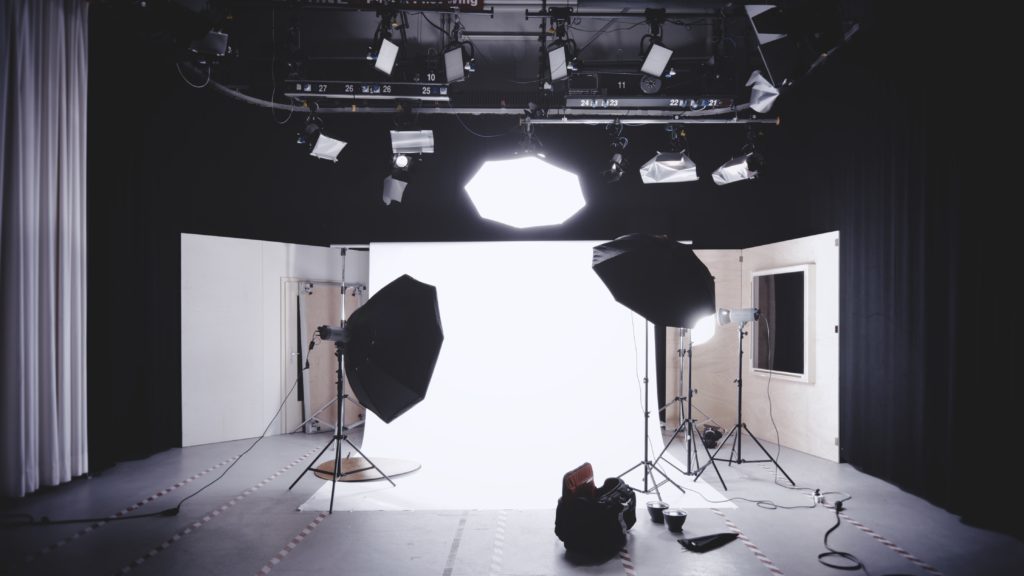“Fix It in Post”
If you’ve been around post production for any length of time, you’ve probably heard this old adage, “Fix it in Post.” It’s a common assumption that anything that doesn’t look right in the raw footage can be brought up to speed with a little post magic.
When I first started out, it was really difficult to make my footage look like the beautiful films I saw in the theater. I spent a lot of time balancing, getting each shot right, matching shots, and generally wondering what was wrong with my approach, “why can’t I get this right?”
It can be really time-consuming and demoralizing to polish, fix, tweak and still feel like you aren’t seeing the results you want. When you have bad footage, you can go over and over it, trying to push it in a good direction and still end up with something far short of your expectations.
But the harsh truth is, sometimes that’s all we get. Especially when we’re starting out. Especially when our client doesn’t have a large budget. We can get footage shot with different cameras, at different times of day, white balance, you name it.
But realizing this makes all the difference. Once I learned the underlying factors that affect the outcome of post production, I adopted a new adage of my own, “Fix it in Production.”
Fix It in Production

If production didn’t expose, light or balance properly, or shoot consistently at the same time of day,
As an illustration, early in my career I had the opportunity to visit my company’s headquarters in Chicago and I learned something that really opened my eyes.
I sat down at the console and fired up a color grading program called Lustre. I found some footage from a recent shoot and started to play around with it.
When I began my usual grade process, I was shocked. The images looked incredible right away without much help from me.
In LA at my home studio, it was much more difficult to achieve the same results. The footage had to be manipulated and adjusted much more to get to the same starting point as that footage from Chicago.
What I learned was that there is a strong link between production and post production. If something isn’t right during the production, it will have a significant effect on the quality of the post production final product.
Use What You Got

This is the reality: some productions can’t afford big crews, equipment and high-end monitoring to ensure
Regardless of your production budget, accurate monitoring on set is crucially important. With basic measuring tools, proper exposure and balance is within the reach of 99 percent of productions out there.
With accurate monitoring, you’ll understand the limitations of your cameras. That is essential to getting the most out of your shoot.
For example, I’ve seen very small budget shoots with beautiful, buttery footage. These productions understood their cameras and their limitations.
In contrast, I’ve worked on shoots with huge budgets and high-end RED cameras where the footage is extremely underexposed and noisy which leads to a loss of accurate color information.
It’s possible to achieve greatness with an affordable camera or a very expensive camera. With accurate monitoring, you’ll be able to make the most out of what you have.

Leave a Reply